Rare mosquito diseases like SLE can occur in many people who have been bitten by infected mosquitoes. SLE manifests differently in different people. Some people develop symptoms while others do not. In rare cases, a patient may develop a long-term disability or may die. Preventing this illness lies in keeping mosquitoes from biting you.
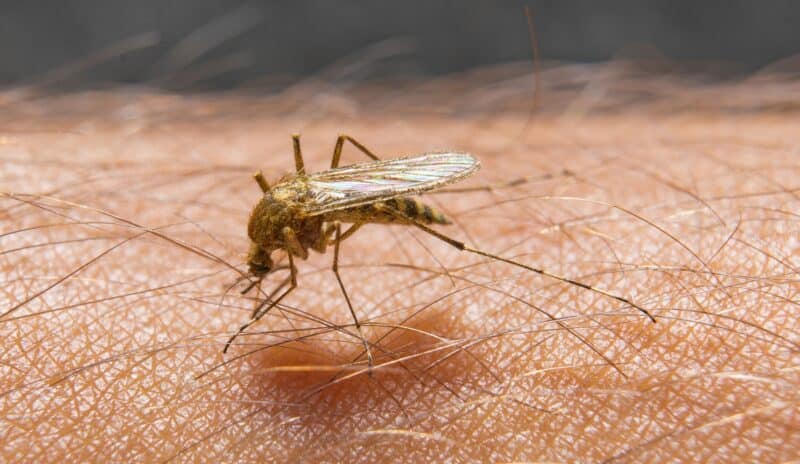
The Transmission
SLE is a member of the Flaviviridae family. It is related to Japanese encephalitis. In 1933, this virus first appeared in St. Louis, Missouri. There were at least 1,000 cases recorded. Most of them still occur in the central and eastern states.
Rare mosquito diseases like SLE have a pattern of transmission. In this case, the bite of an infected Culex mosquito. These insects feed on infected birds first and then pass SLE to humans. The primary hosts of this virus are wild birds, such as robins, pigeons, sparrows, and bluejays. Humans are dead-end hosts for this virus because they cannot transfer the virus to other humans. Virus transmission usually happens year-round in the southern areas. It also occurs in early fall and late summer in areas with temperate climates.
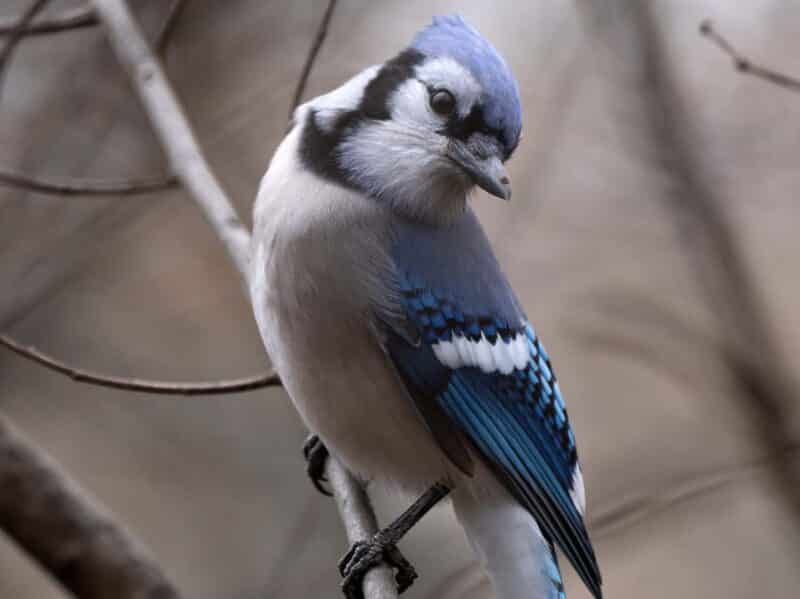
The Symptoms
Here are the symptoms of SLE:
- Disorientation
- Neck stiffness
- High fever
- Nausea
- Tiredness
- Tremors
- Possible coma
- Death
Most people with SLE do not show symptoms. A small number of cases manifest symptoms. The percentage of death among SLE patients ranges from 3%-30%. This depends on the patient’s age.
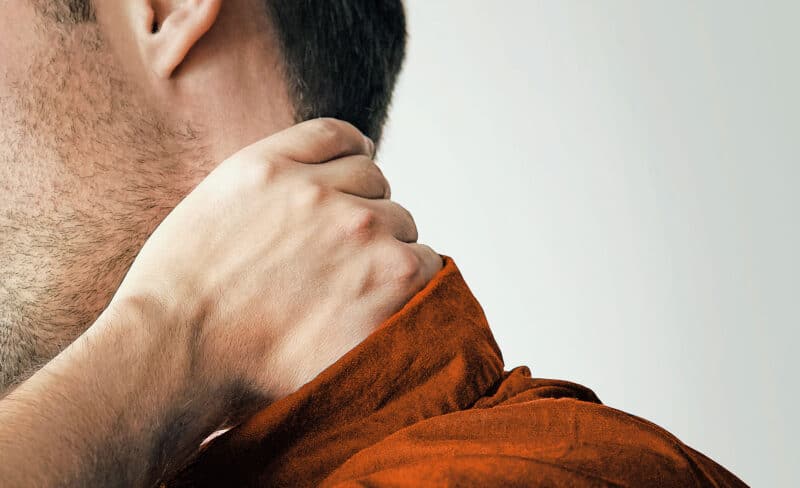
What Happens Upon Infection
The incubation period is 4 to 21 days for SLE. This infection can cause aseptic meningitis, fever, or even encephalitis. Then, the patient will develop symptoms like tremors, vomiting, nausea, and irritability. Many days after the onset of illness, the patient’s fever will fade. There will also be a slow neurologic recovery for many days. Photophobia may develop sometimes. Meningismus may be present or not at all.
Protecting Yourself and Your Household
Rare mosquito diseases like SLE can spread to birds and people through the bite of female mosquitoes. Infected ones deliver the virus during daytime and nighttime hours. Unfortunately, there are no vaccines to ward off SLE. You can only protect yourself and your household by keeping biting mosquitoes away. Below are some effective ways to do this:
- Use EPA-registered insect repellants (IR3535, DEET, Picaridin, PMD, OLE)
- Wear treated pants, long-sleeved shirts, and other loose-fitting clothes
- Use air conditioning
- Install screens on doors and windows
- Pour out stagnant water to remove mosquito breeding grounds
- Refrain from stepping out at dusk or dawn
- Sleep under a mosquito net when traveling
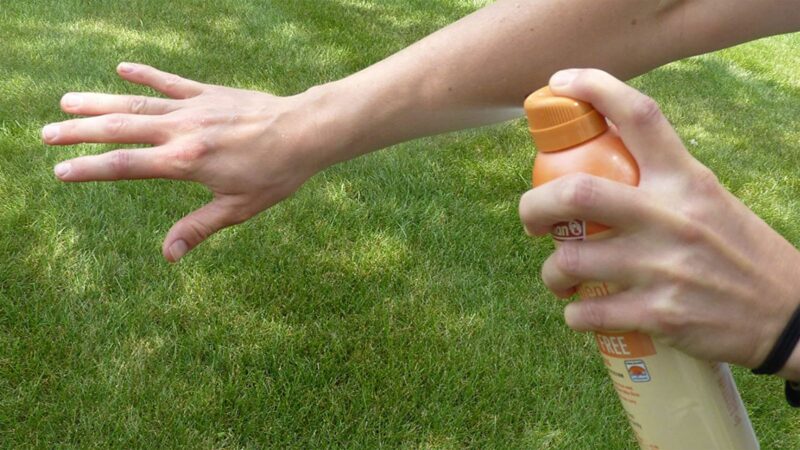
Treatment
There is still no specific treatment or cure for rare mosquito diseases such as this. Care for an SLE patient focuses on the symptoms. Severe cases need respiratory support, hospitalization, and IV fluids.
When SLE Affects the Elderly
Rare mosquito diseases can be either mild or fatal. SLE is a serious illness that leads to brain swelling. Elderly people have a higher risk of contracting this disease and developing complications.
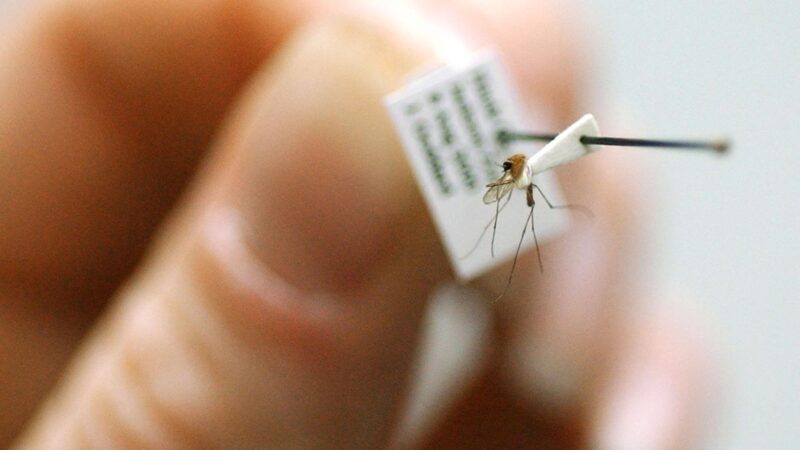
SLE and other rare mosquito diseases can cause havoc to your health. These ailments can even affect the way your body deals with sickness. It is important to prevent mosquito bites so that you can stay free of ailments like this. Working with your doctor can help treat your symptoms. This can prevent complications from SLE.